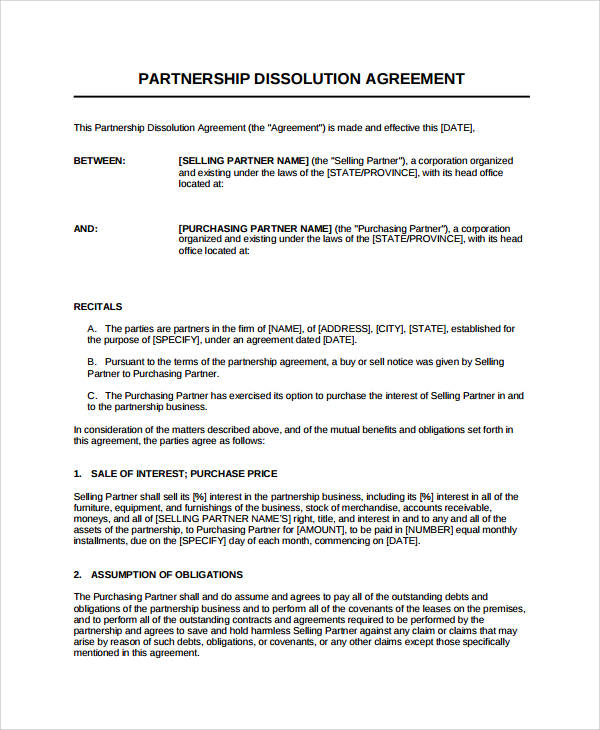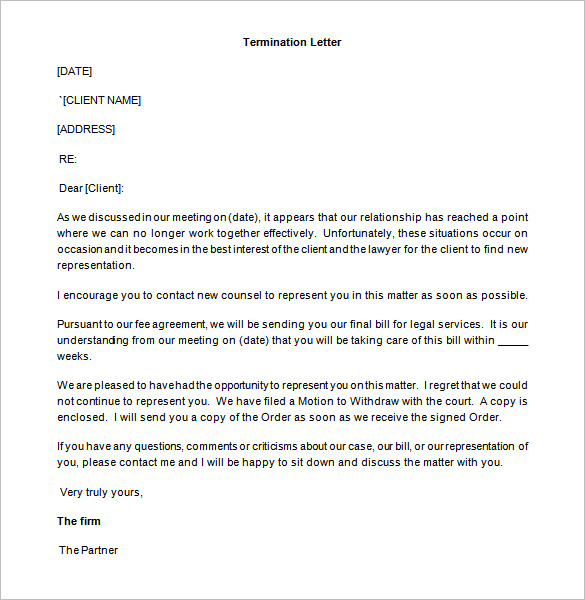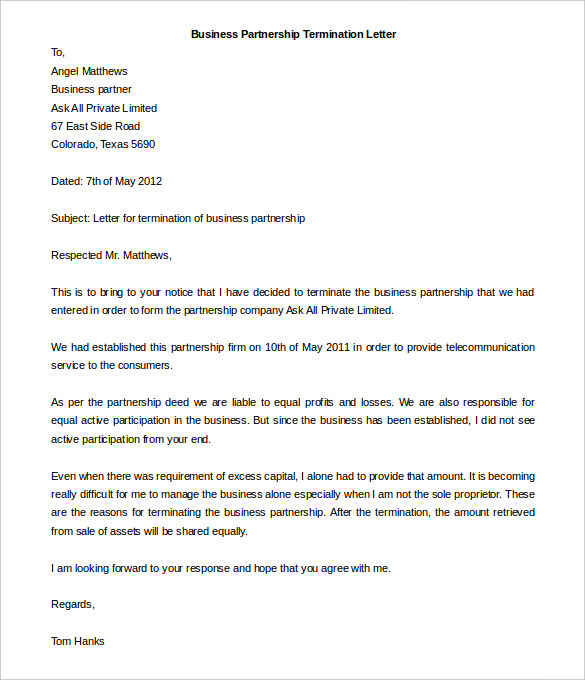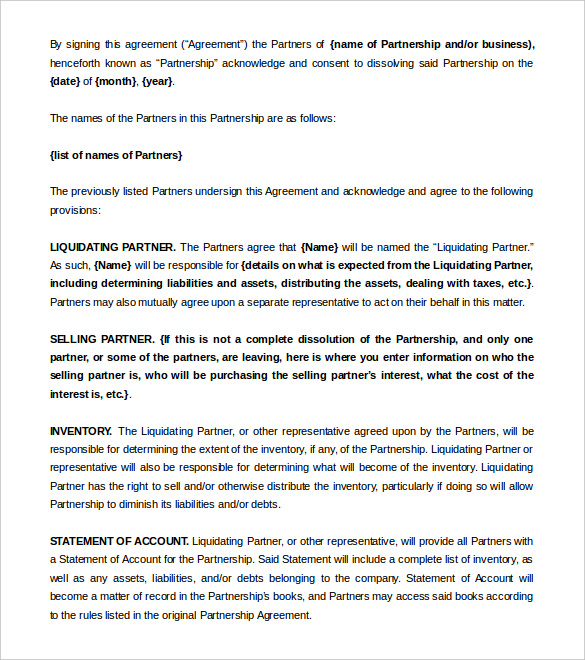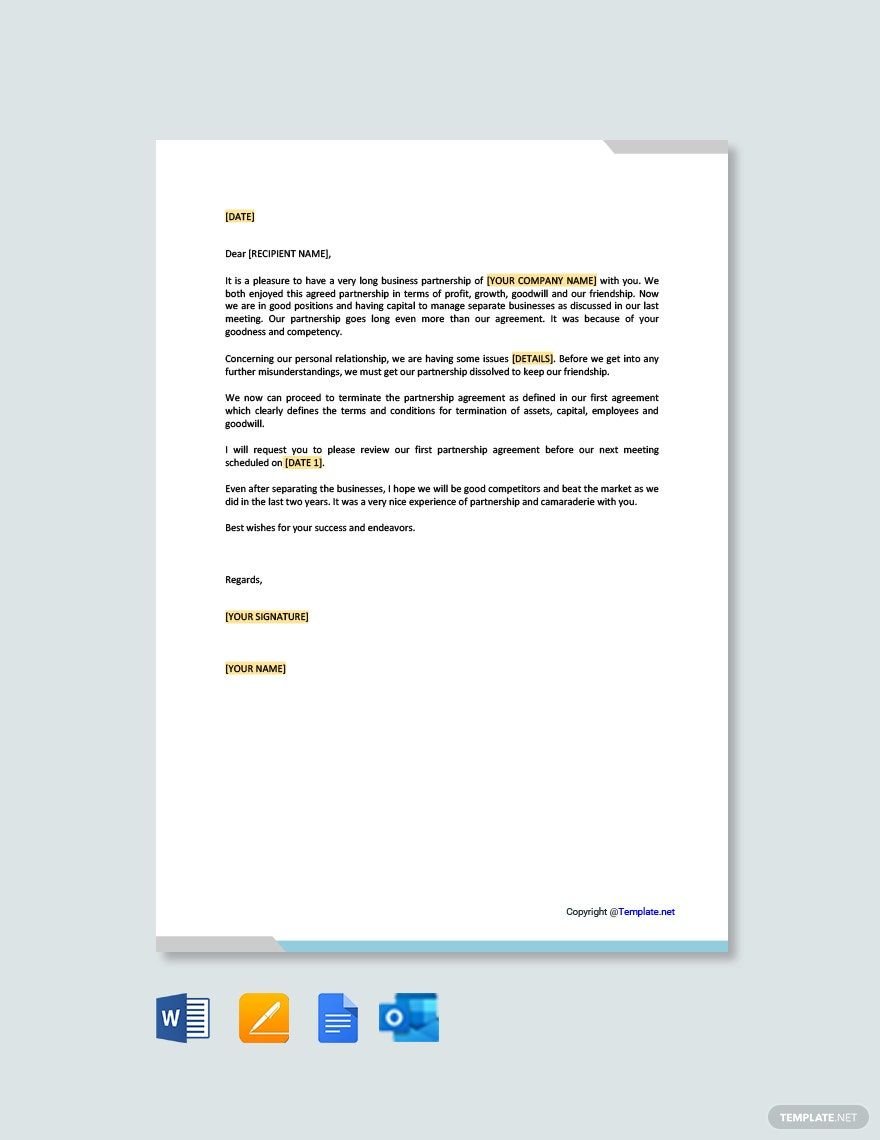How To Remove Someone From A Business Partnership

The aroma of freshly brewed coffee hung heavy in the air, a stark contrast to the tense silence that filled the small conference room. Sunlight streamed through the window, illuminating dust motes dancing above a table littered with documents – partnership agreements, financial statements, and hastily scribbled notes. The dream, once vibrant and shared, now felt fractured, the path forward obscured by disagreement and disillusionment.
Navigating the dissolution of a business partnership is rarely easy, but understanding the process, legal requirements, and communication strategies can make a significant difference in achieving a fair and amicable resolution. This article explores the complexities of removing a partner, offering practical guidance on how to proceed with respect and clarity.
Understanding the Partnership Agreement
The cornerstone of any partnership dissolution is the partnership agreement itself. This document, ideally drafted with the assistance of legal counsel, should outline the procedures for partner removal, buyout options, and dispute resolution mechanisms.
Carefully review the agreement for clauses addressing voluntary withdrawal, involuntary expulsion, and valuation of the departing partner's share. Without a clear agreement, dissolving the partnership can become significantly more complicated and costly, often leading to protracted legal battles.
Reasons for Removal
Partnerships can falter for various reasons, ranging from irreconcilable differences in management style to breaches of fiduciary duty. Performance issues, such as consistent underperformance or failure to meet agreed-upon responsibilities, can also lead to the desire for a partner's removal.
It's crucial to document these issues meticulously. Maintain detailed records of incidents, communications, and any evidence supporting the grounds for removal. This documentation will prove invaluable should legal action become necessary.
The Legal Process
If the partnership agreement provides a mechanism for removing a partner, follow it precisely. This typically involves providing written notice, holding a vote among the remaining partners (if applicable), and adhering to any specific timelines outlined in the agreement.
If the agreement is silent on the matter, or if the reason for removal involves illegal or unethical behavior, seeking legal counsel is essential. A lawyer specializing in partnership law can advise on the appropriate course of action, ensuring compliance with state laws and protecting your interests.
According to legal experts, state partnership laws often dictate default procedures for dissolution in the absence of a comprehensive agreement. These laws may require unanimous consent for certain actions, making partner removal a challenging process.
Communication and Negotiation
Open and honest communication is paramount, even when the relationship has soured. Attempt to engage in constructive dialogue with the partner you wish to remove. Explore the possibility of a mutually agreeable buyout or settlement.
Mediation can be a valuable tool for resolving disputes and reaching a compromise. A neutral third party can facilitate communication and help the partners identify common ground, potentially avoiding costly litigation.
Remember, maintaining a professional demeanor throughout the process is crucial. Avoid personal attacks or inflammatory language, as this can escalate the conflict and make a resolution more difficult.
Valuation and Buyout
Determining the fair value of the departing partner's share is often a contentious issue. Consider engaging a qualified business appraiser to conduct an independent valuation. This can help ensure that the buyout offer is fair and reasonable.
The partnership agreement may specify a valuation method, such as a multiple of earnings or a discounted cash flow analysis. If so, adhere to this method to avoid disputes.
Explore different financing options for the buyout, such as obtaining a loan or using company profits. Be transparent with the departing partner about the financial constraints and limitations.
Moving Forward
Removing a partner is a significant decision with far-reaching consequences. Consider the impact on the remaining partners, employees, and the overall business. Develop a plan for transitioning the departing partner's responsibilities and ensuring business continuity.
In the aftermath of a partnership dissolution, take the time to learn from the experience. Reflect on the factors that led to the conflict and identify ways to prevent similar issues from arising in the future. A stronger, more resilient business can emerge from the ashes of a broken partnership.
While the prospect of removing a partner can be daunting, approaching the situation with careful planning, clear communication, and sound legal advice can pave the way for a more positive and productive future for the business and its remaining stakeholders. It's a difficult chapter, but one that can ultimately lead to renewed growth and success.
